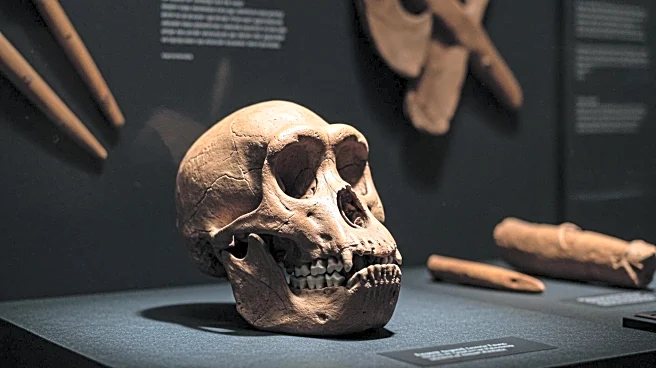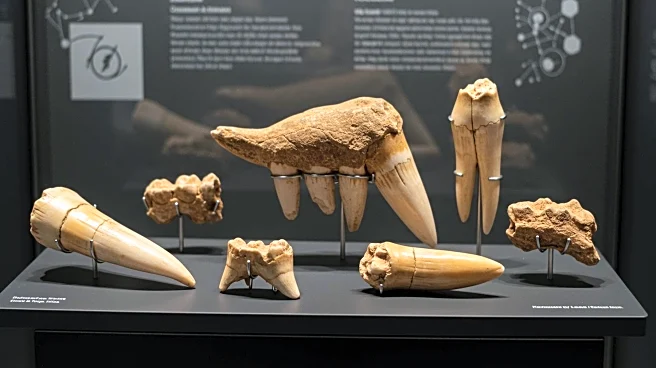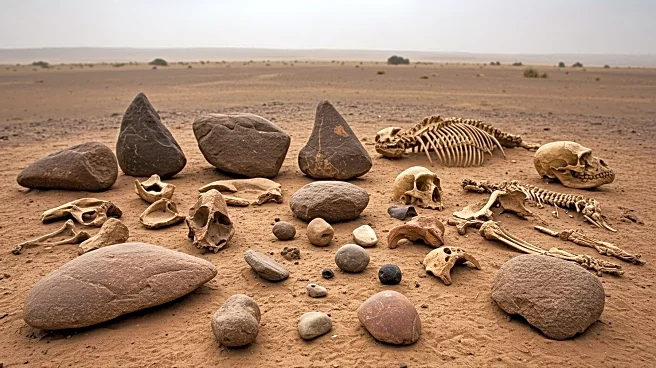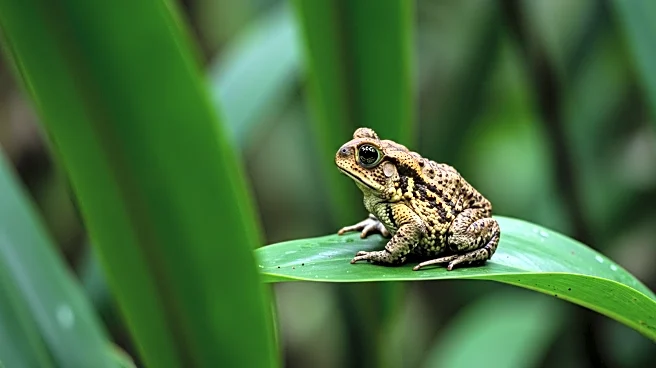Rapid Read • 8 min read
A recent study led by Adam D. Gordon from the University at Albany has uncovered significant dimorphism in two early hominin species, Australopithecus afarensis and Australopithecus africanus. The research highlights substantial size differences between males and females, suggesting that these differences likely influenced their daily lives. The study utilized a geometric mean framework to analyze fragmentary fossils, comparing them with modern species such as gorillas, chimpanzees, and humans. The findings indicate that Australopithecus afarensis exhibited pronounced dimorphism, with males being significantly larger than females, a pattern that suggests intense male competition and polygyny. This challenges previous interpretations that suggested a human-like pattern of dimorphism in these species.
AD
The study's findings have implications for understanding the social structures and mating systems of early hominins. The pronounced dimorphism suggests that these species may have had social dynamics similar to those of large apes, where male competition was prevalent. This contrasts with earlier interpretations that aligned these species more closely with modern humans. The research provides a clearer picture of the evolutionary pathways and adaptations of early hominins, offering insights into the development of social behaviors and physical traits. It also underscores the importance of using comprehensive statistical methods to analyze incomplete fossil records, which can lead to more accurate interpretations of ancient species.
The study opens avenues for further research into other early hominin groups to determine if similar patterns of dimorphism are present. This could help refine models of human evolution and provide a deeper understanding of the factors that influenced the development of social structures in ancient species. Additionally, the findings may prompt reevaluation of previous studies that relied on limited fossil evidence, encouraging the use of more robust analytical frameworks. As researchers continue to explore the evolutionary history of hominins, these insights could lead to new hypotheses about the interactions between physical traits and social behaviors.
The study highlights the ethical considerations in interpreting fossil evidence, as previous assumptions about dimorphism may have influenced perceptions of early hominin behavior. By providing a more nuanced understanding of these species, the research challenges simplistic narratives and encourages a more complex view of human evolution. It also raises questions about the role of sexual selection in shaping physical and social traits, offering a broader perspective on the evolutionary pressures faced by early hominins.
AD
More Stories You Might Enjoy










